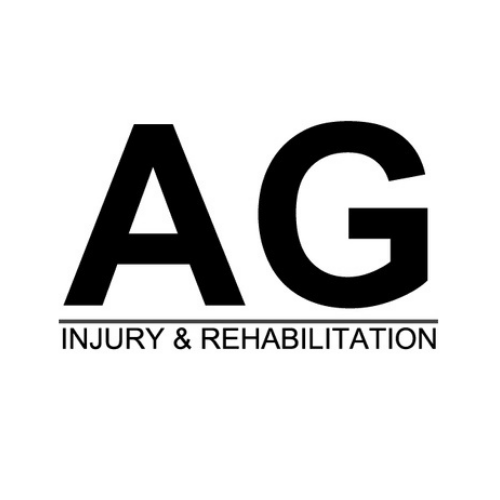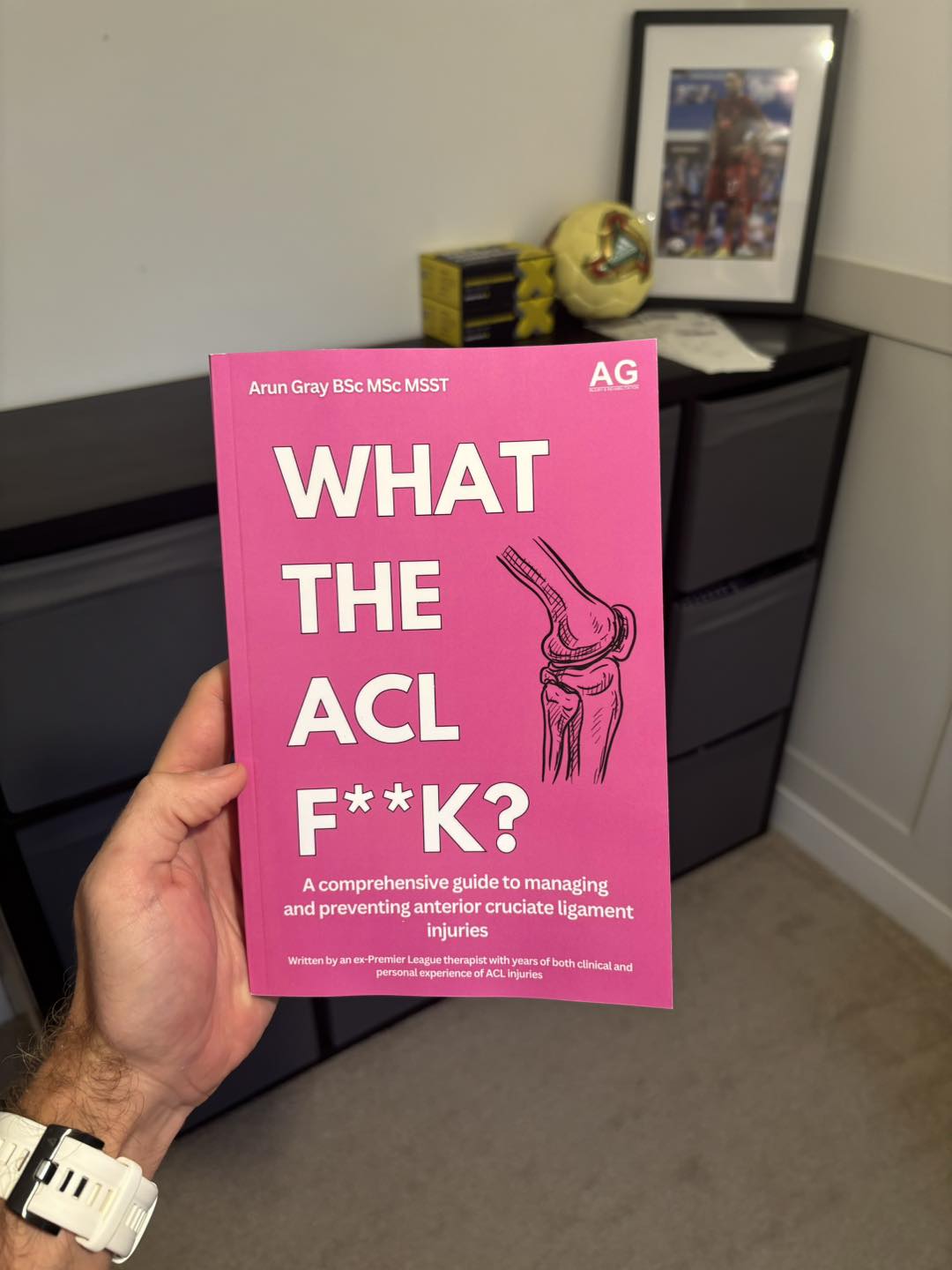Overview of Knee Anatomy
The knee is one of the most complex and vital joints in the human body, designed to facilitate movement while bearing significant weight. It is classified as a hinge-type synovial joint, allowing for primary bending and straightening motions while also accommodating a degree of rotational movement. The intricate structure of the knee consists of bones, cartilage, ligaments, tendons, and muscles, each playing an essential role in its function and stability. Together, these components form a robust yet delicate system that enables mobility and supports daily activities as well as high-performance athletic endeavours.
The knee joint is formed by the interaction of three primary bones: the femur, tibia, and patella. The femur, or thigh bone, is the longest and strongest bone in the human body and forms the upper part of the knee joint. Opposite it is the tibia, or shin bone, which is the larger and more medial bone of the lower leg, forming the lower portion of the joint. The patella, commonly referred to as the kneecap, is a small, triangular bone embedded within the quadriceps tendon at the front of the knee. This bone acts as a protective shield for the joint and enhances the leverage of the quadriceps muscle, allowing for more efficient knee flexion and extension.
Cartilage plays a critical role in ensuring smooth and pain-free movement of the knee joint. The articular cartilage, a smooth white tissue, covers the ends of the femur and tibia, as well as the back of the patella. Its primary function is to reduce friction and absorb shock during movement, protecting the underlying bones from wear and tear. Additionally, the knee houses two C-shaped pieces of fibrocartilage known as the menisci. The medial and lateral menisci are positioned between the femur and tibia, acting as cushions that evenly distribute weight and reduce stress on the joint. The menisci are essential for joint stability and injury prevention during weight-bearing and dynamic activities.
The knee’s stability is further ensured by four key ligaments, which are strong bands of fibrous tissue connecting bones within the joint. The anterior cruciate ligament (ACL) is one of the most crucial structures, running diagonally in the middle of the knee from the tibia to the femur. Its primary functions include preventing the tibia from sliding forward and controlling rotational movements. The posterior cruciate ligament (PCL), positioned just behind the ACL, prevents the tibia from sliding backward under the femur. The medial collateral ligament (MCL) provides stability on the inner side of the knee, resisting inward (valgus) forces, while the lateral collateral ligament (LCL) reinforces the outer side of the joint, countering outward (varus) forces. Together, these ligaments provide comprehensive support, ensuring that the knee remains stable under various loads and directional forces.
Tendons, which connect muscles to bones, are indispensable for knee movement. The quadriceps tendon links the powerful quadriceps muscles at the front of the thigh to the patella, enabling knee extension. Below the patella, the patellar tendon continues this connection to the tibia, facilitating the extension of the leg. These tendons work in harmony with the surrounding ligaments and muscles to enable precise and efficient motion.
Muscles surrounding the knee are vital not only for movement but also for maintaining joint stability. The quadriceps, a group of four muscles located at the front of the thigh, are primarily responsible for extending the knee. In contrast, the hamstrings, a group of three muscles at the back of the thigh, control knee flexion and assist in stabilising the joint during movement. The calf muscles, including the gastrocnemius and soleus, contribute to knee flexion and play a stabilizing role, particularly during activities such as walking or running.
Among these structures, the ACL holds particular importance in maintaining knee mechanics. Positioned centrally, it controls both the anterior translation of the tibia and the rotational stability of the knee. Its anteromedial bundle tightens when the knee is flexed, providing resistance to forward movement, while the posterolateral bundle tightens when the knee is extended, ensuring stability during rotation. Due to its central role, the ACL is highly susceptible to injury, especially during high-demand activities that involve sudden stops, pivoting, or changes in direction.
The ACL’s limited blood supply poses challenges for natural healing following an injury. Its vascularity primarily stems from the middle genicular artery, which provides only a modest network of capillaries. This restricted blood flow means that complete tears often cannot heal on their own, making surgical intervention a common requirement. This unique characteristic underscores the importance of understanding the ACL’s anatomy and function for effective diagnosis, treatment, and rehabilitation.
By exploring the intricate anatomy of the knee, with particular emphasis on the ACL, we gain a comprehensive understanding of its vital role in human movement. This knowledge not only aids in maintaining knee health but also provides a foundation for addressing injuries, preserving joint stability, and ensuring optimal function throughout life.
Role of Ligaments, Tendons, and Muscles in Knee Stability
The stability of the knee joint is a finely tuned interplay of ligaments, tendons, and muscles, each contributing uniquely to its integrity. Together, these components ensure the knee remains stable during both static positions, such as standing, and dynamic movements, such as running or jumping. Their harmonious function is critical for proper knee mechanics, and a comprehensive understanding of their roles is essential for diagnosing injuries, planning treatments, and devising effective rehabilitation protocols.
Ligaments are strong, fibrous tissues that connect bones, providing passive stability by limiting excessive or abnormal movements of the knee joint. The anterior cruciate ligament (ACL) is one of the most vital stabilisers, preventing the tibia from sliding forward relative to the femur and controlling rotational movements during activities like pivoting or cutting. An injury to the ACL significantly disrupts knee stability, often necessitating surgical reconstruction to restore normal function. The posterior cruciate ligament (PCL), located just behind the ACL, prevents the tibia from sliding backward under the femur. Though stronger than the ACL, it is less frequently injured, with damage often occurring due to direct blows to the front of the knee, such as in car accidents or contact sports.
The medial collateral ligament (MCL), found on the inner side of the knee, resists inward (valgus) forces and provides rotational stability. Its role is especially critical in contact sports, where lateral impacts are common. On the outer side of the knee, the lateral collateral ligament (LCL) resists outward (varus) forces, contributing to lateral stability. While LCL injuries are less frequent, they can occur in cases of direct trauma or severe hyperextension. Together, these ligaments ensure the knee remains stable across a range of movements and external forces.
Tendons, which attach muscles to bones, play a pivotal role in translating muscular forces into movement. The quadriceps tendon connects the powerful quadriceps muscles to the patella, enabling knee extension and supporting weight-bearing activities. Injuries to this tendon, such as ruptures, can severely impair the ability to straighten the knee. The patellar tendon, extending from the patella to the tibia, facilitates knee extension by transmitting the force generated by the quadriceps. Conditions such as patellar tendinitis or tendon ruptures significantly affect mobility, underscoring the tendon’s critical role in knee function.
Muscles surrounding the knee actively contribute to its stability by controlling movement, absorbing shocks, and maintaining alignment. The quadriceps, a group of four muscles located at the front of the thigh, are primarily responsible for knee extension. They keep the knee stable during activities such as walking, running, and jumping, and their strength is essential for proper knee alignment and injury prevention. The hamstrings, located at the back of the thigh, play a complementary role. In addition to controlling knee flexion, they work with the ACL to prevent forward movement of the tibia, making them crucial for dynamic stability.
The calf muscles, including the gastrocnemius and soleus, also contribute to knee mechanics by assisting in flexion and absorbing impact forces during activities like running or jumping. These muscles, along with the quadriceps and hamstrings, ensure that the knee operates smoothly and efficiently. Although not directly part of the knee, the hip muscles, particularly the gluteus medius and maximus, have a significant influence on knee stability. They help maintain proper femur alignment, reducing stress on the knee. Weakness or imbalances in the hip muscles can lead to improper knee mechanics, increasing the risk of ligament and tendon injuries.
The integrated function of ligaments, tendons, and muscles ensures both static and dynamic stability of the knee joint. Ligaments provide passive restraint against excessive motion, tendons transmit muscular forces to create movement, and muscles actively stabilise the joint by controlling and absorbing forces. Injury to any of these components disrupts the delicate balance of the knee, leading to instability and increasing the risk of further damage. A holistic understanding of the roles these structures play in knee stability is essential for effective prevention, accurate diagnosis, and successful rehabilitation. By addressing all aspects of knee anatomy, optimal function and long-term joint health can be maintained.

